Over the decades Fiji has become famous for it’s iconic breaks. The majority are found in the Mamanuca Island’s off of Viti Levu’s west coast. However, surfing in Fiji does not just entail the Mamanuca area. There are surf spots throughout the archipelago. Before getting into the details of where to go, it might be good to go over the rules of the road.
How did Fiji Deregulate the waves?
The Government of Fiji has in effect, deregulated the waves. Fiji’s 2010 “Surfing Decree” allows anyone to surf anywhere in Fiji waters. For example, with the decree in place a visitor staying at a property on Viti Levu’s “Mainland” such as Seashell Cove or Matanivusi, can access the same breaks as people staying at Tavarua or Namotu.
Where can I surf ?
Because Fiji has the third largest barrier reef in the world, accessibility is a major factor when looking for waves. The upshot is that most of Fiji’s waves necessitate boat access rather than a straight paddle from the beach. Some areas that have beach access are on Viti Levu’s Coral Coast which offers a wide range of surf potential given the right conditions and high tides.
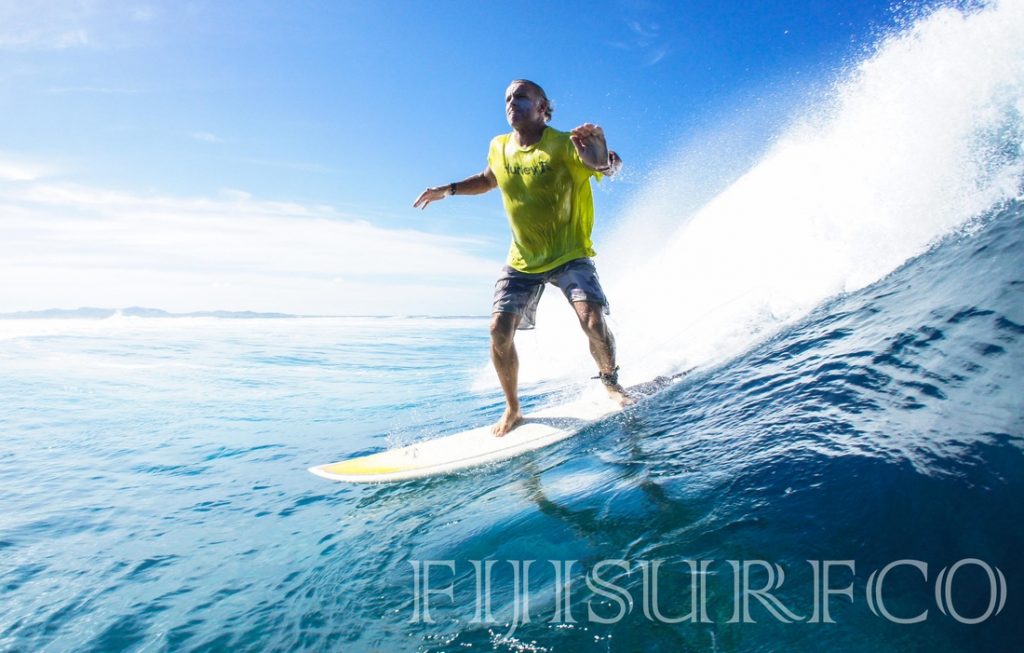
Tides are a crucial factor in Fiji with two meter tide differences and this must be taken into account when surfing Fiji reefs since most of them cannot be surfed on lower tides. There are many reef passages that if approached right, with a workable swell direction, favorable wind and correct tides a surfer could have a dream surf session.
Although there is some surfing off Kadavu, Vanua Levu and Lau Group by far the most popular and consistent breaks are found on the reef passes of the southern most islands of the Mamanuca chain—home to Cloudbreak and the other famous breaks around Tavarua and Namotu. The other major break, Frigates, fringes a pass on the barrier reef surrounding Beqa Island. To get their you need to travel about two and a half hours east by car from Nadi to Pacific Harbour, where you’re an approximate 20 minute boat ride from the break.
There are a couple other minor breaks along the Coral Coast, such as Hideaways and beach breaks near the Sigatoka River but nothing close to the magnitude of Cloudbreak, Restaurants, and the like.
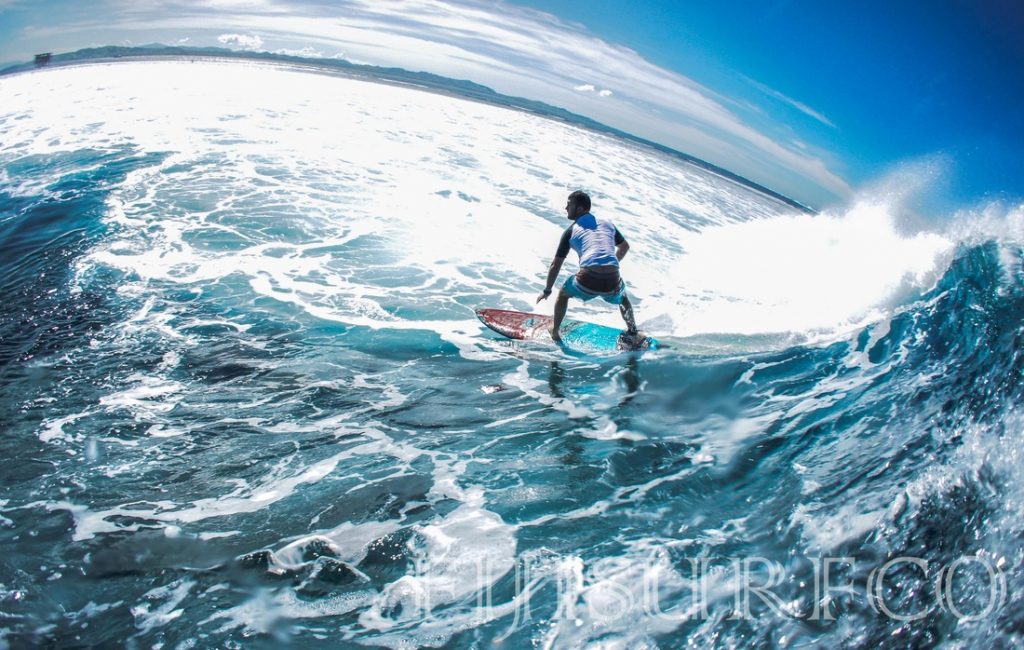
When is the best time to surf ?
You can surf year around. That said, there are two different surf seasons. Fiji’s winter is the best, from April to October, low pressure systems in the Southern Hemisphere ignite consistent swells as high as 8-10 feet (12-20 foot faces).
During the summer, from November through April, swells generally have shorter duration, 1-3 days. Typically winds are light, it’s hotter, glassy and you’ll get afternoon showers.
Can I learn to surf in Fiji ?
You can, but most of Fiji’s breaks are strictly for experienced surfers. That’s because most of Fiji’s surf sites are reef breaks and that’s not the best place for a beginner. A better local is Natadola Beach, about 45 minutes east of Nadi. (Contact the surf operators below for lessons).
Where do I stay ?
You can divide accommodations into two basic categories. The first are tiny, private islands (east of Nadi) and include the resorts of Tavarua and Namotu. The others are sprinkled along Viti Levu’s Coral Coast.
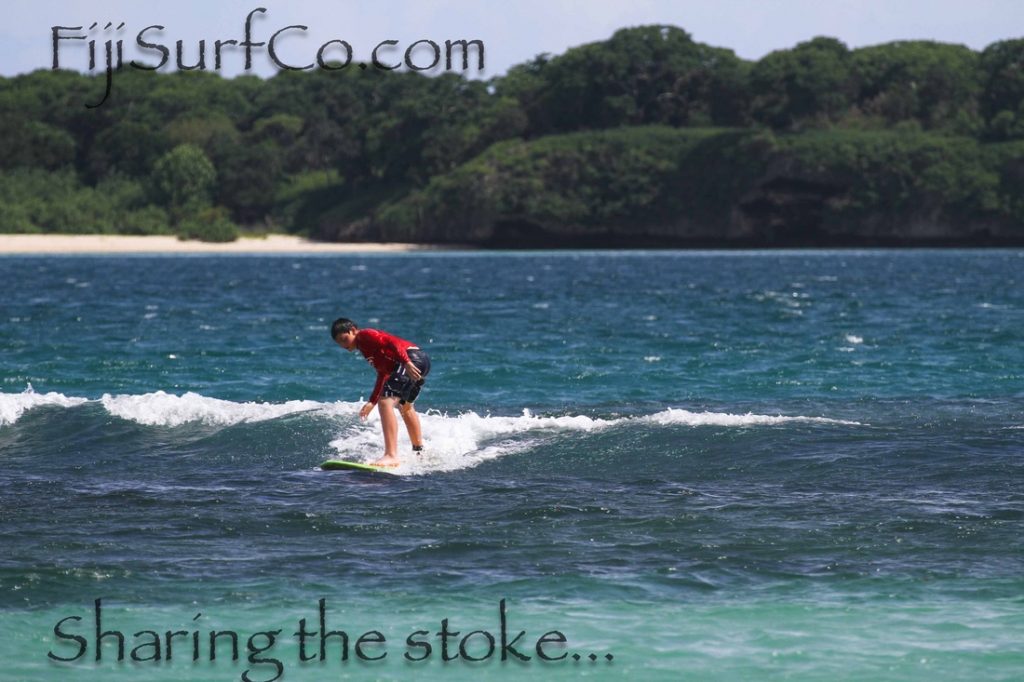
The price and demographic of accommodations range from low end surf camps (ie, Club Masi or Maqai Beach Resort on Qamea) to midrange and upmarket properties (such as Hideaway, Waidroka, Tavarua, Qamea Beach Resort or Matanivusi).
Which are for you? Depends on your budget and where you decide you want to surf. For a detailed description of the classier ones see our Surf Resorts page.
Where to surf off Viti Levu ?
Below is a map and weather chart and accompanying text (courtesy of Globalsurfers) that provides a great resource for surfers planning on a visiting Viti Levu. They have a Fiji Surf / Travel forum that’s incredibly helpful. Vinaka Vaka Levu to Jeroen and the gang at GlobalSurfers.com.
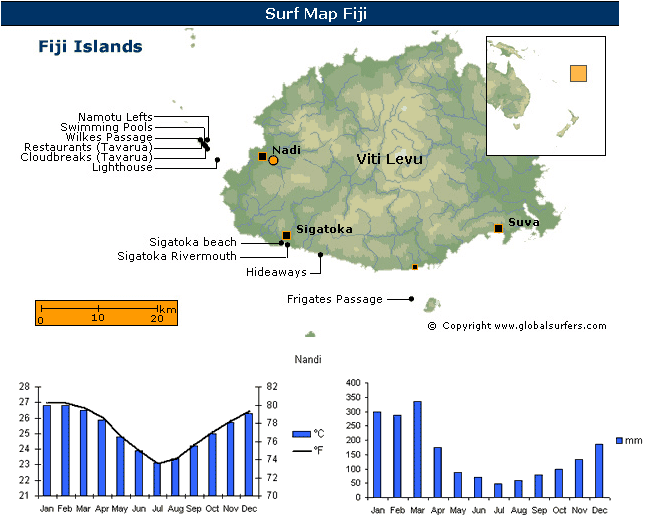
| Name | Location (approximate) | Type of Break |
|
Level |
| Black Rock | Nadi | reef break | right hand | Expert |
| Cloudbreak | Nadi | reef break | left hand | Expert |
| Hideaway | Sigatoka | reef break | right hand | Intermediate |
| Lighthouse Rights | Suva (map is incorrect) | reef break | right hand | Expert |
| Mata Point | Nadi | reef break | right hand | Expert |
| Mini break | Nadi | reef break | left hand | Intermediate |
| Namotu Lefts | Nadi | reef break | left hand | Expert |
| Pipe | Nadi | reef break | left hand | Intermediate |
| Resorts Left | Nadi | pointbreak | left hand | Beginner |
| Restaurants | Nadi | reef break | left hand | Expert |
| Serua Rights | Nadi | reef break | right hand | Expert |
| Sigatoka | Sigatoka | beach break | left and right | Beginner |
| Vunaniu | Coral Coast | reef break | right hand | Expert |
| Wilkes Passage | Nadi | reef break | right hand | Expert |
| Wilkes Passage (2) | Nadi | reef break | left hand | Expert |
| Frigates Passage | Yanuca Island | reef break | left hand | Expert |
| King Kong | Kadavu | reef break | left and right | Intermed |
Weather in Fiji
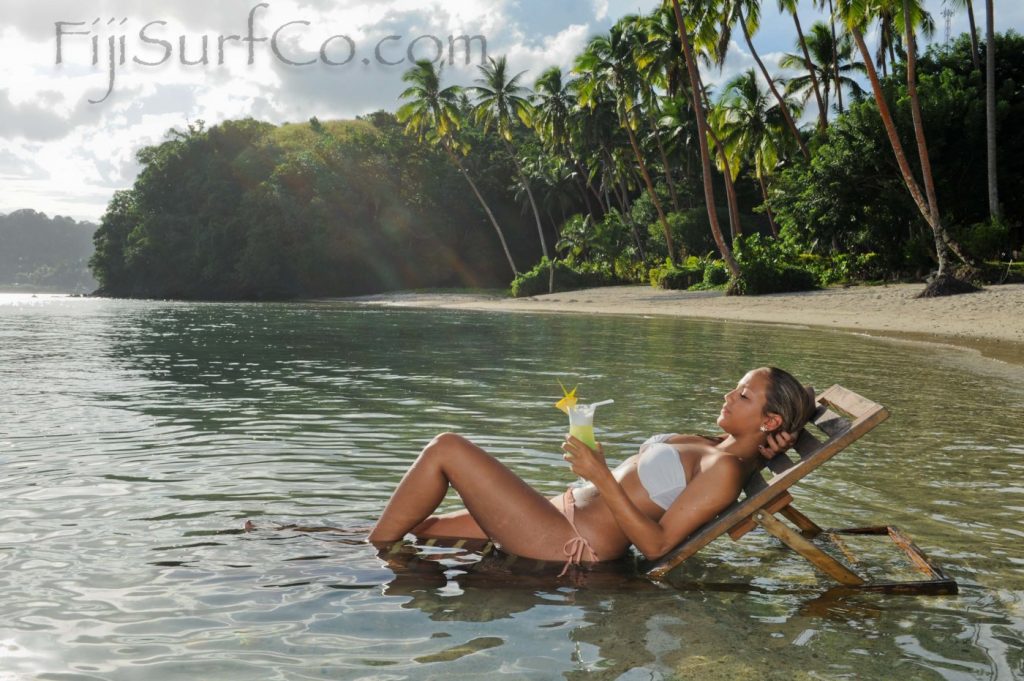
Climate: Fiji has a tropical climate with a wet and dry season. The wet season is between November and April, which is also when hurricanes and cyclones are most likely to occur while the dry season is between May and October. The prevailing trade winds blow from the east for most of the year and average annual precipitation varies from 1,780 mm (70 inches) to 2,030 mm (80 inches). Average temperature ranges in Suva are from 20 to 26 degrees Celsius (68 to 79 degrees Fahrenheit) in August to 23 to 30 degrees Celsius (73 to 86 degrees Fahrenheit) in February.
Wind-surfing & Kite-boarding
Windsurfing is excellent in Fiji, particularly at the Sigatoka River mouth. It is easily the windiest place in the islands—the Southeast tradewinds come funneling down the coast and are accelerated by the thermal effect from the sand dunes which are heated like an inferno during the day. In the windy season (April – November) it blows a steady 20 knots average most days. However it can be windy outside of those months too. In January 1996 one avid windsurfer was able to sail his waveboard 21 days in a row there. High tide is probably best for sailing here because at low tide the sand bars are exposed making it more powerful and dangerous. However for experienced sailors this makes for smoother conditions as the reef to the east of the river entrance acts as a wave break at low tide.
(all surfing photos courtesy of Stu & Malia Johnson of Fijisurfshots.com)




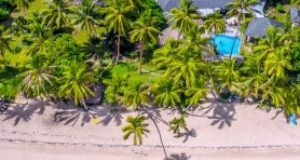
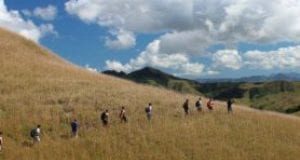
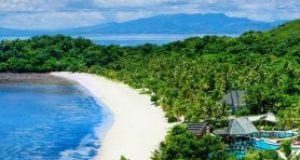
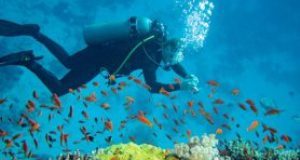
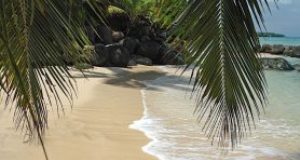
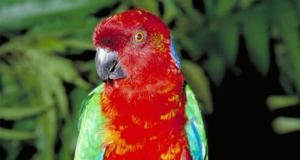
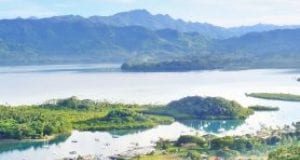

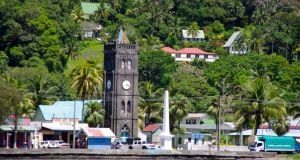
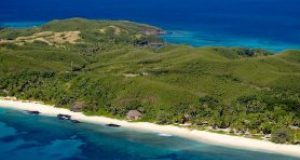









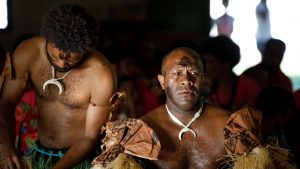
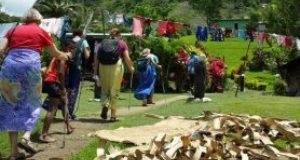

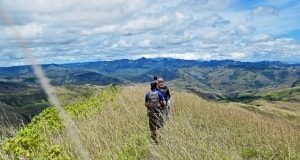


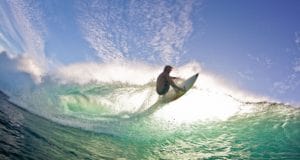
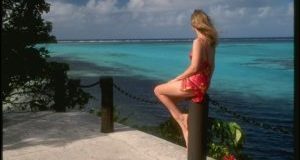

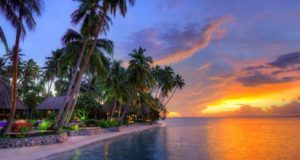



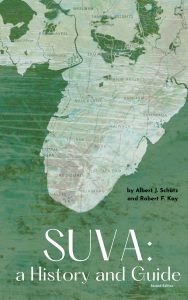
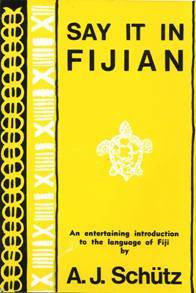

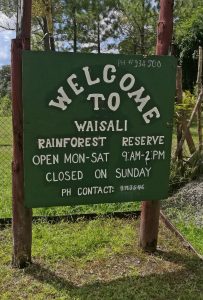
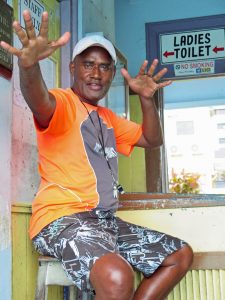
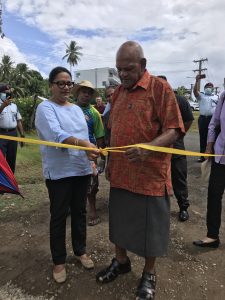


Leave a reply